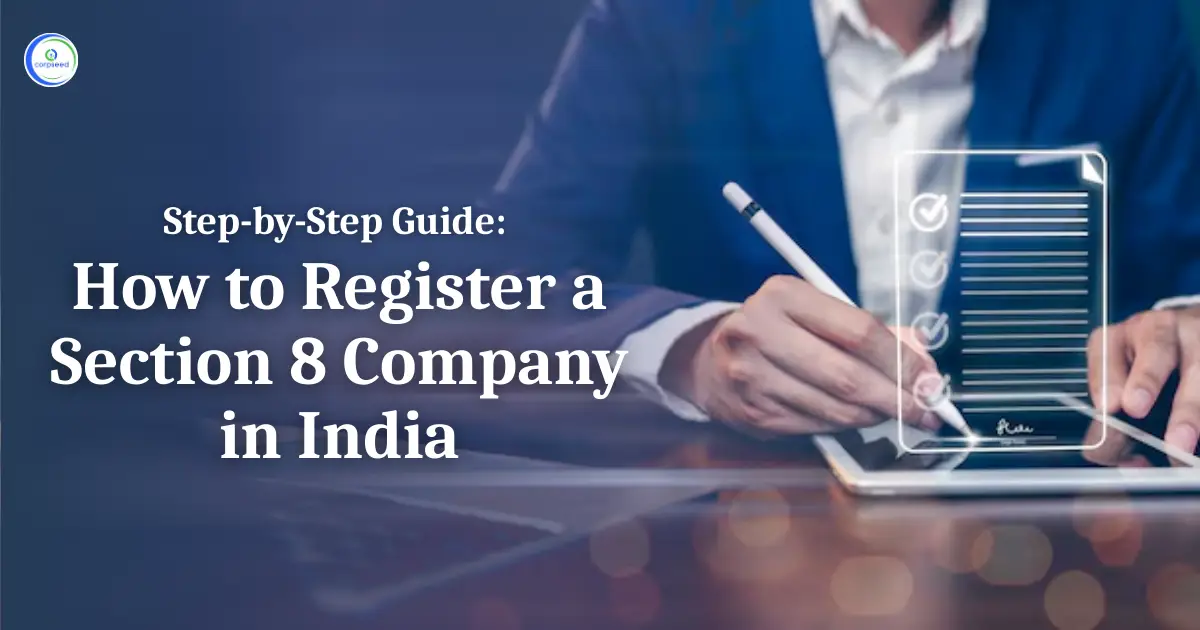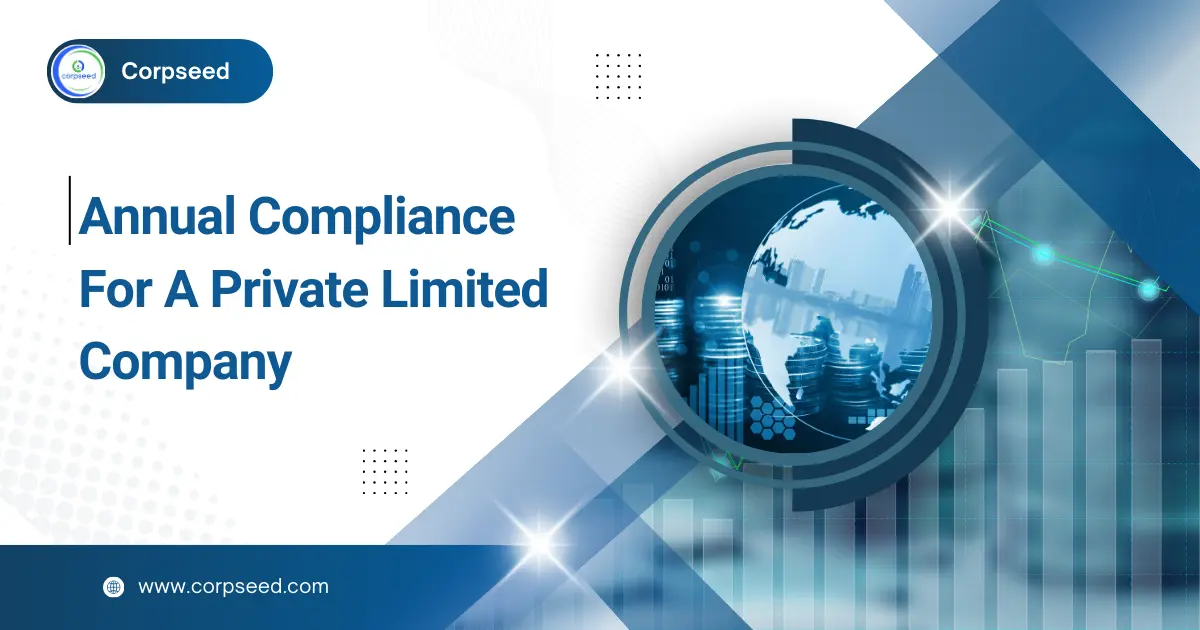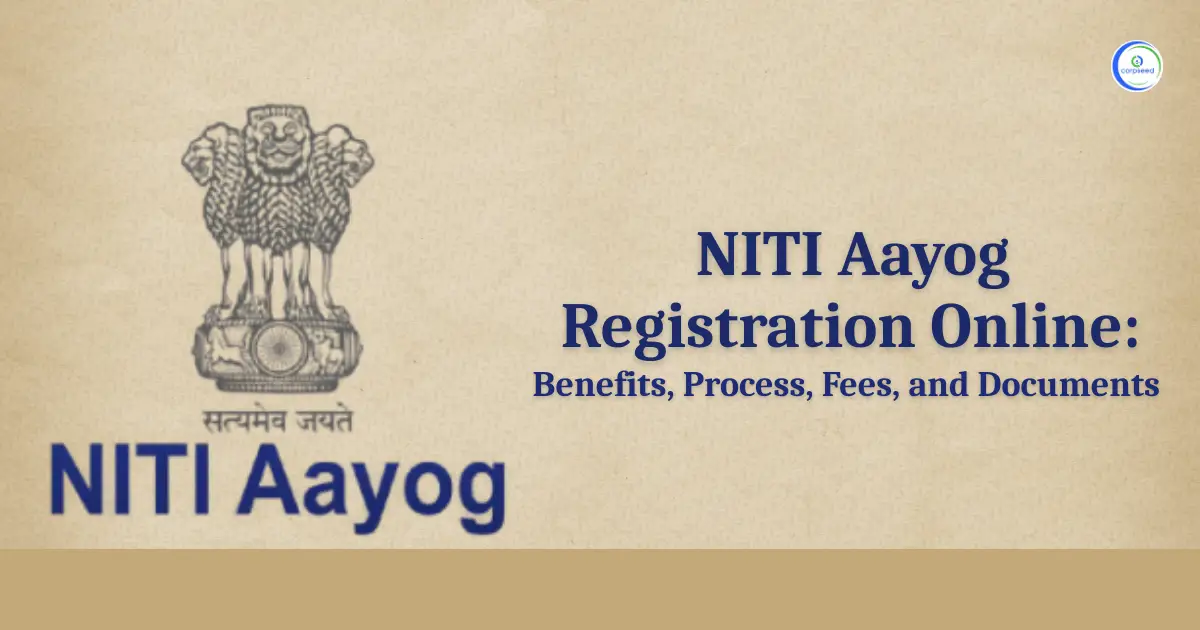Introduction
In India, entrepreneurs when registering their business usually prefer to incorporate a Limited Liability Partnership or a Private Limited Company.
In a private limited company, one gets the benefit of a privately held corporate structure, in which the liability of the directors/members is limited to their shares which have their share prohibited from being publicly traded. A private limited company is an independent legal structure.
Table of Contents
--------------Blog Contact Form-------------
Limited Liability Partnerships (LLP) are famous since their introduction in the Companies Act, of 2013. This is because it allows individual partners to get the benefit of not getting into the concept of joint liability of partners which happens in partnership firms. These are considered as an alternative to a partnership firm under which the partners have the benefit of limited liability of a company along with the flexibility of management decisions or operations.
Everyone wants a business entity that provides flexibility when comes to operations and has lesser compliances, one such entity that provides these features is Limited Liability Partnership. If any director want to convert their existing private limited company into a LLP, then there is a provision for doing that. One can choose this conversion as there are many benefits in doing so.
Reasons to covert -
One can go for the conversion of a Private Company into an LLP can be for the following reasons -
- No requirement of maintaining Statutory Records
- No requirement of holding Board Meetings
- No limit on members: In a private limited company there is a restriction on adding the member. A maximum of 200 members can be added only. But in the case of LLP, there is no restriction on the maximum number of members.
- No Paid-up Capital required: Private limited companies require a minimum of 1 lac of authorised share capital, whereas in LLP there is no such limit.
- Less Compliance: Compared to the private limited company, an LLP is exempted from many compliances. An LLP is only required to file annual returns and statements of accounts each financial year.
- Tax exemptions– Unlike private limited companies, LLPs are liable to pay income tax without any implications of Corporation Tax or Dividend Distribution Tax.
- No requirement on Account Audit- Auditing is only required in case -
- When the contribution exceeds INR 25Lakhs;
- If the Annual Turnover is more than INR 40 Lakhs.
Eligibility requirements for the Conversion -
- The company must have completed one financial year and all the compliances must be filled.
- No pending cases or charges must be present against a private limited company.
- No pending form payments.
- All the compliances shall be completed before filing.
- Designated partners can only be changed or added or removed, once the process of conversion is complete.
Procedure for Convert Pvt to LLP
Step 1 – Board Meeting:
A board meeting is needed to be conducted with the directors and a board resolution (BR) is required to be passed bearing the following -
- Conversion of Private Company into LLP
- The director is to be authorised for applying name in form RUN-LLP
Step 2 - Consent Letters:
obtain written consent from all shareholders and creditors before the conversion so that there will be no conflict in future.
Step 3 – Filing for name reservation:
The name is required to be filled in form RUN-LLP. They must comply the rule 8 of the Companies Act, 2013. Maximum two names can be filled in single form.
Step 4 - File Incorporation (FiLLiP form):
Along with this form following attachments will be submitted -
- Address proof (NOC/ rent agreement along with utility bill) of the registered office
- Subscriber’s sheet
- Shareholders consent as per rule 7 and 10(8) of LLP Act in Form INC-9
- ID proofs of designated partners
- Details of partners if there are directors or shareholders in any other company
Step 5 - File Application for Conversion:
This is the final filing for the conversion which involves the filing of form 18 along with the following attachments -
- Shareholder’s statement
- Consent letter from shareholders
- A certified and audited statement of Assets and Liabilities of the Company
- List and consent of all secured creditors
- latest Income Tax Return
Step 6 – Certificate of incorporation issue:
After scrutiny of all the documents, a Certificate of Incorporation will be issued in Form 19
Step 7 - File Form 14:
This form has to be filled out within 15 days of obtaining the COI. The main objective of this form is to intimate the ROC for the conversion of private limited company into LLP.
This form is submitted along with the following attachments -
- Certificate of Incorporation
- Incorporation documents were submitted along with Form Fillip.
Step 8 - Drafting of the LLP Agreement:
The LLP agreement is to be drafted along with the following content -
- Name of the LLP
- Date and parties of the agreement
- Introductory provisions - include the definition of terms used in the LLP agreement
- Partners’ contribution and method of contribution
- LLP record keeping and bank arrangement
- Profit Allocation and distribution
- Capital and current account
- Disassociation of partner
- Redemption and cross-purchase of rights
- Issue of partnership rights
- Sales, transfer of partnership rights
- Partner’s rights to records
- Management and fiduciary duty
Step 9 - Execution of LLP agreement:
The LLP Agreement must be executed to on stamp paper. The amount of the stamp paper is dependent on the contribution of the shareholders and the percentage of this varies from state to state.
Step 10 - File Form 3:
this has to be filled within 30 days from the date of receiving the Certificate of Incorporation along with the LLP agreement as an attachment.
Post-conversion requirements
- The ROC will remove the name data of the existing Private Limited Company
- The status of the existing Private Company will be changed to “dissolved”.
- There will be no right of a private limited company on the assets, properties, rights, interests etc. as all of these will be transferred and owned by LLP.
- The conversion will not impact the existing liabilities, contracts, agreements and employment.
Conclusion
LLP is considered as more convenient entity for running a business over a company in terms of compliance and taxation. LLPs are more considered by new or small entrepreneurs. It is mostly suitable for professionals, and consulting firms.
If anyone has an entity registered as a private limited company and wants to convert it into LLP, then they can be free to do that with just filing of forms.
This portion of the site is for informational purposes only. The content is not legal advice. The statements and opinions are the expression of author, not corpseed, and have not been evaluated by corpseed for accuracy, completeness, or changes in the law.
BOOK A FREE CONSULTATION
Get help from an experienced legal adviser. Schedule your consultation at a time that works for you and it's absolutely FREE.









